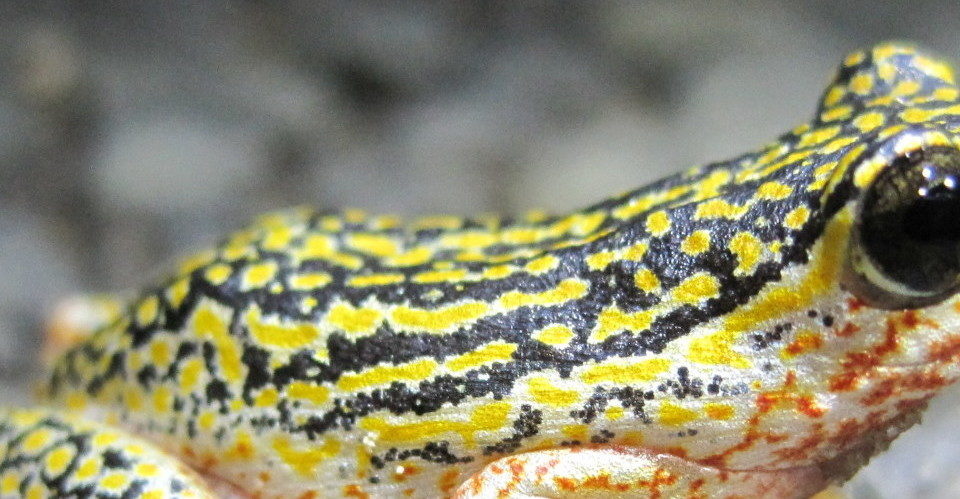Wetlands are home to a rich abundance of animal and plant life. From tropical forests filled with dragonflies, orangutans, frogs, and tigers, to the Arctic, where migratory birds breed and marine mammals gather in summer and for migration, and from coastal wetlands teeming with playful dolphins, to drylands where wetlands provide a seasonal lifeline for species of all kinds.
How much longer will we be able to enjoy these wetland marvels?
Global populations of freshwater mammals, reptiles, amphibians, birds and fish have declined drastically since the 1970s. Not only do wetlands and their species provide people around the world with enjoyment, they are also vital to the livelihoods of local communities.
We strive to protect and restore iconic wetlands and species by raising awareness of their intrinsic value and importance for society, and providing the knowledge base for informed management and conservation.
Waterbirds
Waterbirds are a diverse group of bird species that depend on wetlands as they complete their epic annual migrations, covering thousands of kilometres and passing over many countries and continents. As wetlands continue to decline, so too do these magnificent birds.
The history of waterbird conservation and Wetlands International are closely linked. Back in 1937, when a predecessor organisation was known as the International Wildfowl Inquiry, our work began as part of the International Committee of Bird Preservation, with a focus on conserving waterbirds.
While waterbirds are a highly visible species, behind them is a complex ecosystem that is often hidden. The system as a whole is needed to provide the values and services that wetlands are known for. We promote the importance of waterbirds as a way of measuring the success of wetland management and conservation.
We promote the conservation of waterbirds by monitoring the sizes and trends of waterbird populations and analysing the data for application in decision making on wetland protection and management. We promote action by governments at the flyway level through international conventions and other instruments. We engage the public through initiatives such as World Migratory Bird Day and the Migratory Birds for People Programme and advocate for best practices in response to threats such as avian influenza and other diseases. We also work with companies to help them take biodiversity and wetlands into account in their business processes, policies and practices.

